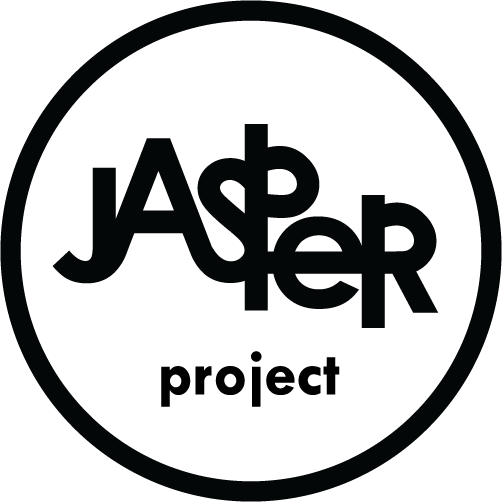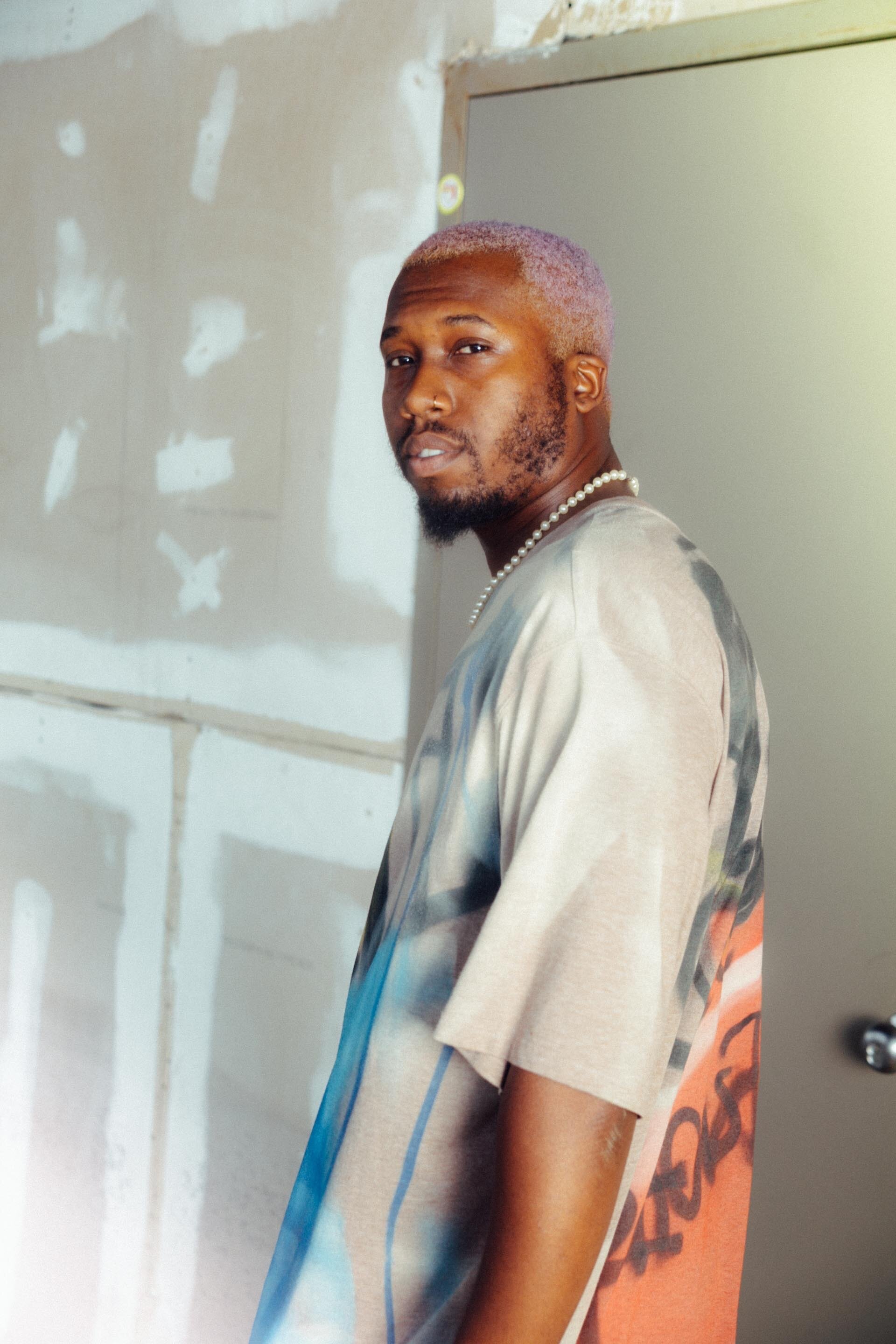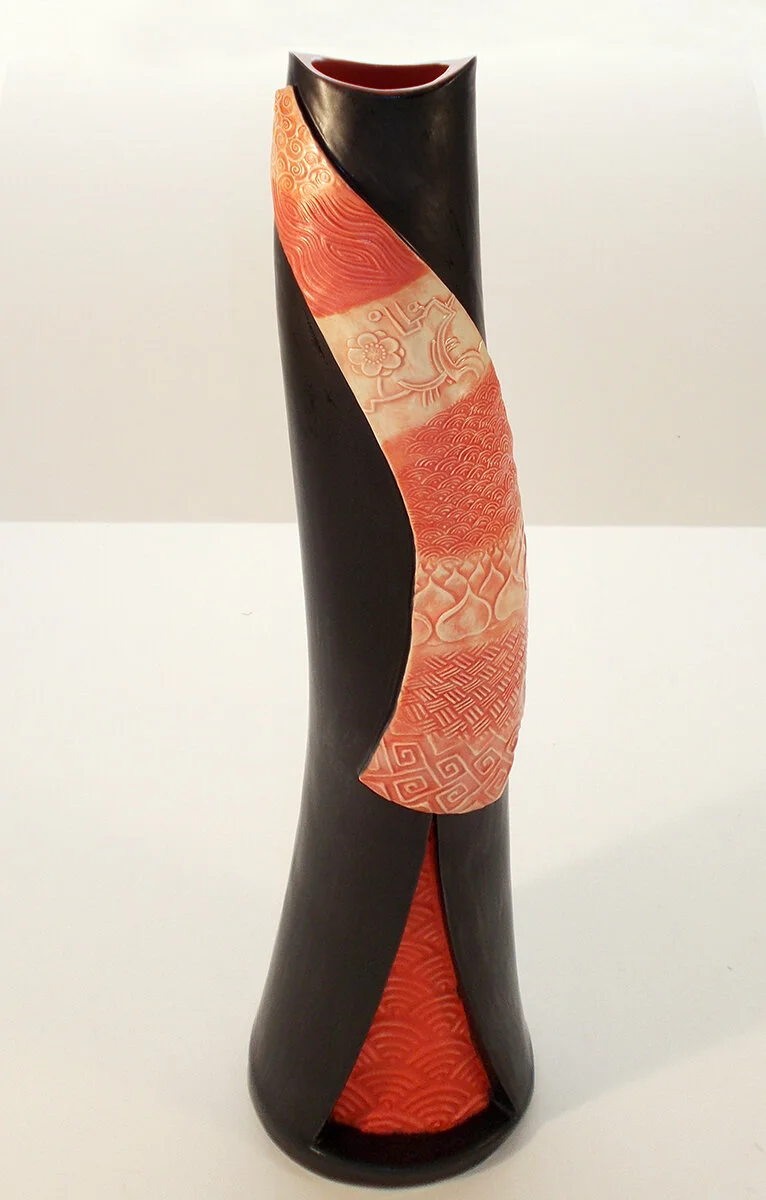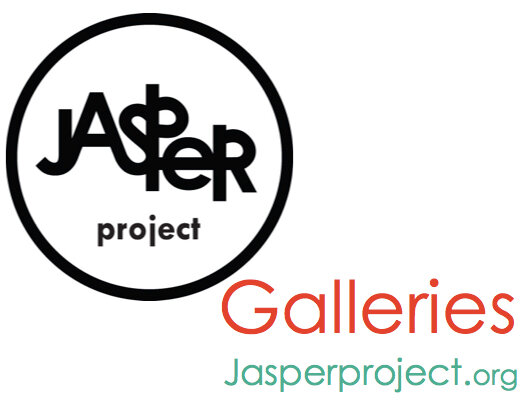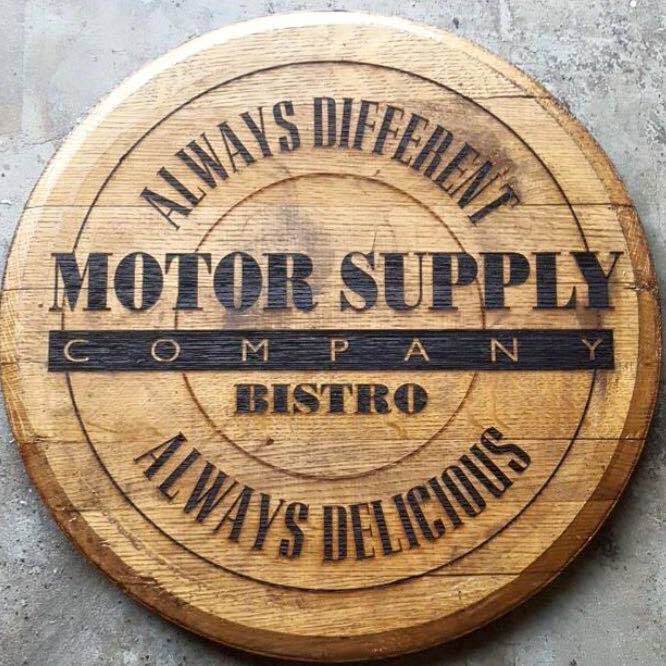Please don’t give up. Your worst days will always pass, even if that is difficult to see sometimes. If you won’t do it for yourself anymore, do it for your loved ones. Always keep fighting.
Dre Lopez
In keeping with Jasper’s coverage of arts and artists during these weird quarantine times, we had the fun of a virtual interview with Columbia-based artist Dre Lopez last week. Catch up with Dre below & see what he’s been up to in this parallel universe we’re calling 2020.
JASPER: Dre, you’ve been a stalwart figure on the Columbia arts scene for a while now, but not everyone knows your story. Can you tell us about where you grew up and how you came to be the artist you are now?
DRE: Thank you for having me! Well, my family moved around a good bit when I was a child so there’s several places that I sorta grew up in. That said, I moved to Columbia from Miami. In regards to my journey as an artist, it’s a big mixed bag of experiences and influences. I’m self-taught so I’ve been creating since I was a kid and have pulled my lessons from all over the place. Illustration of different kinds, renaissance painters, Graffiti writers, animation, graphic design, fashion design, etc. I’ve always been a student of the craft so I just kept practicing and experimenting but forayed into professional waters as a freelance illustrator in 2003 and started doing professional graphic design around 2007. I’m lucky to have dove into so many mediums and methods which allowed me to become a fairly versatile artist. I’ve been able to work in several different fields which is so important as a freelancer, to stay productive and busy. I’m still learning (which I love), so the journey to “master” what I do will end when I die. That feeds me, keeps me excited, seeing that there is so much more that I can add to my tool belt as I see improvements still after all these years.
DRE: You are a designer, illustrator, graphic artist and more – where do you spend the bulk of your time and what would you rather do if you could do whatever you wanted?
DRE: The bulk of my time is split between graphic design and illustration. Depends on the season, it varies. I love doing it all and prefer the variety. It keeps things fresh and challenges my mind to work in different ways, from one project to the next. Helps with boredom as well, my mind gets bored easily. Now, if I had the ideal conditions, I would add even more variety, lol. More illustration, more design, more painting, murals, sculpting, custom fashion, etcetera, etcetera.
JASPER: Do you mostly do freelance work or do you have a regular day job?
DRE: Yeah, for the most part I’m a freelancer. I’ve had other jobs throughout the years that are both in my field, as well as other areas that have nothing to do with being a creative.
One thing I’ve learned is that your goals can change as you go through your career, and allowing that perspective to take hold will open up so many other opportunities and accomplishments that you may not have realized were possible when you started.
JASPER: Who have been your greatest influences as an artist and what have you learned from them?
DRE: Hmm, that’s a tough question. I’ve researched, studied, and pulled inspiration and lessons from SO many creators and creative fields. With illustration most of my influences come from comic books, anime and editorial illustrators. I still use a sense of storytelling with most of the work I do, this being part of what I learned specifically from sequential illustration and animation. With my painting, the masters of the Renaissance and the Baroque Period were the main sources I looked to for technique and foundation to better my process. My graphic design is probably most influenced by German minimalist aesthetics. I would also say that Street Art and Graffiti have influenced all of my mediums as well. Honestly, I would say that all the fundamentals and techniques I’ve learned, no matter the concentration, all have crossed over into the many things I create on a daily basis. All of them have made me a more fundamentally complete creator.
What’s Next? - drawing by Dre Lopez
JASPER: Do you have any great goals out there on the horizon or are you chill doing what you’re doing now?
DRE: Definitely not chill where I’m at. I’m not satisfied and know that there’s so much more to accomplish. I will always freelance and continue to create my own work, so I will ride that wave wherever it takes me. I’m also open and intrigued to work with art/design/illustration houses in the U.S.’s major cities, as well as Europe and Japan. That’s one thing I haven’t done yet so the possibilities and challenges of that excite me. I’ve done freelance work all over, but to work in one of those houses, especially overseas, would be amazing. One thing I’ve learned is that your goals can change as you go through your career, and allowing that perspective to take hold will open up so many other opportunities and accomplishments that you may not have realized were possible when you started.
JASPER: How has the COVID-19 pandemic impacted your work as an artist?
DRE: It’s been weird. I think the constant stress of it has at times affected my focus. Many routines had to change as well, which threw off schedules and the consistency of how I did things. That’s been an adjustment, but not the worst part of it. With COVID and the turbulence of what this presidential election year has been, it really has been challenging some days to deal with both of those burdens riding you for months, on top of whatever my “normal” life stressors have been. I’m used to working under a lot of pressure, but it’s been mentally and emotionally exhausting on some days. Some of these heavier days have dwindled my creative energy, which has been something new and strange for me. I’ve never lacked in the creative energy department. That said, having done this work for many years, I’m thankful that I have picked up enough skills and experience to maneuver through creative slumps, pandemic and chaotic political climates be damned. Take breaks when your mind needs them, power through when you have the chance.
Unidos - painting by Dre Lopez
JASPER: For those of us who don’t have your skill sets, what words of wisdom can you offer us that would help us communicate with design artists more successfully?
DRE: One of the first and most important things I was lucky enough to learn early on, is to study and learn fundamentals. I always had natural ability and style, but I lacked in the fundamentals department which is common for many self-taught creators. Depending on which creative field will make a difference as to which fundamentals to focus on, but the rule applies the same to all of them. Then practice, practice, practice. Repetition in any skill is paramount. The idea is to get as natural and comfortable with the fundamentals, so that once you know them intimately, then you can play around, twist and bend them to your will. The beauty of creative fundamentals no matter your concentration, there’s crossover for many of them so you can use them across the board regardless of the work you’re creating. Examples like color theory, composition, the way you lead the viewers eyes on an image, texture, lighting, are among a few of the fundamentals that can be applied to most visual creations. Oh, and grow a thick skin as quick as possible.
Talent lives here, determination and passion live here. The money? The money does not live here, unfortunately. Figuring out how to embrace quality creatives that are serious about having a professional career and make Columbia their home base is the main problem.
JASPER: Can you tell us about any arts organizations you are affiliated with and what their mission is?
DRE: My most consistent collaborations and affiliations are with Palmetto Luna. They are a non-profit organization based in Columbia that focuses on the arts and Latinx artists in the southeast United States to expose communities to Latinx culture through art. I’m a Latinx/Latino artist so the collaborations have been a natural fit (being that I’m passionate about both of those parts of my identity), thanks to the wonderful efforts that Ivan Segura and Alejandro Garcia-Lemos have put forth throughout the years for that organization.
Cocky Free Times Cover by Dre Lopez
JASPER: What one thing could we do in the Midlands – something that is actually within our power to do – that would make life here so much better for artists?
DRE: This is one I’ve been trying to figure out for the many years I’ve partaken in the Columbia art scene. The main problem for most artists in this town is not being able to survive and succeed financially. Many artists I’ve known here have burned out on creating and/or moved to other cities give at least an opportunity to make a decent living. Talent lives here, determination and passion live here. The money? The money does not live here, unfortunately. Figuring out how to embrace quality creatives that are serious about having a professional career and make Columbia their home base is the main problem. I’ve seen several ideas implemented but nothing has been tangibly successful to make a real difference. The support from both the city and the arts patrons has to be with real money, not just platitudes and high fives.
JASPER: Anything else exciting going on in your professional life these days you can share with us?
DRE: Sure thing! The next thing I’m about to birth into the world and am excited about is an apparel line I’m releasing called Gutter Baby. It’s gonna be a lifestyle brand/fashion line of shirts, hoodies, hats, accessories, one-of-a-kind customs, and prints inspired by many of my influences in Punk, Hip Hop, horror, sci-fi, lowbrow, pop art and street culture. It’s more or less my uncensored, whatever the fuck goes art line. The store link, soon to be released, is www.gutterbb.com
Benzel front cover illustration by Dre Lopez
JASPER: And how can readers get in touch with you to learn more about your work?
DRE: Different ways, on IG look me up @infidel_castro_x and @gutter.baby.apparel and if you’re interested in my more corporate/conventional work my website is www.drelopezcreative.com
www.drelopezcreative.com
JASPER: Anything else you want to say or suggest or complain about – here’s your platform!
DRE: No complaints. Keep fighting, nothing is permanent. Many people in general and especially in these times of uncertainty with COVID and political unrest are dealing with great amounts of pressure, anxiety, depression, and PTSD of some form. Suicides are rising everywhere. Please don’t give up. Your worst days will always pass, even if that is difficult to see sometimes. If you won’t do it for yourself anymore, do it for your loved ones. Always keep fighting.
https://www.facebook.com/palmettoluna/
